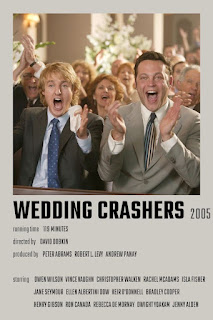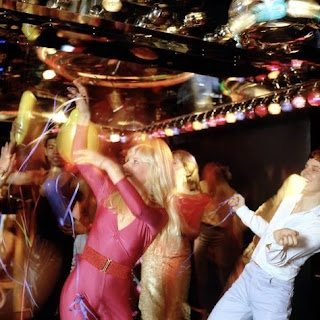Genre Research: Comedy
Dearest reader,
Below is our research on comedies.
The main and most important quality in a comedy piece is that it is amusing and invokes laughter. The types of camera angles, mis-en-scene, editing, and sound is often pivotal in whether or not the audience will find the media amusing. When choosing camera angles, it is important to note that suspense and irony are key factors in humor. Some popular angles commonly used in comedy are hand held shots, which creates a realistic perspective that can be seen in various shows such as “The Office” or “Parks and Recreation”. Another type of shot is a counter shot, which is most commonly used when showing a conversation between two people. Although this shot can be used for any genre, it is a particularly useful technique in comedy when wanting to show the reaction or facial expression of both characters. Mis-en-scene is another huge factor in defining a genre. One example is the color of lighting. Colors such as yellow are understood to be more playful whereas colors such as red or black can be interpreted as dangerous. So obviously, if I were to choose the comedy genre I would attempt to incorporate bright fun colors in order to set the mood and make my audience more likely to laugh. The most common and distinguishing sound element which is virtually unheard of in any other drama is the laughter track. Producers add the laugh track in order to show that an attempt at humor was made as well as make the audience more likely to laugh. One element I do appreciate in comedy is how it is lighthearted and overall one of the most popular genres because everyone wants to laugh. The biggest downside in comedy is that it often takes some context and a lot of building up in order to create good humor. We may not have time for this as we have a time limit of two minutes for our final task. Stay tuned to find out which genre we will choose for our film.


.JPG)
Comments
Post a Comment